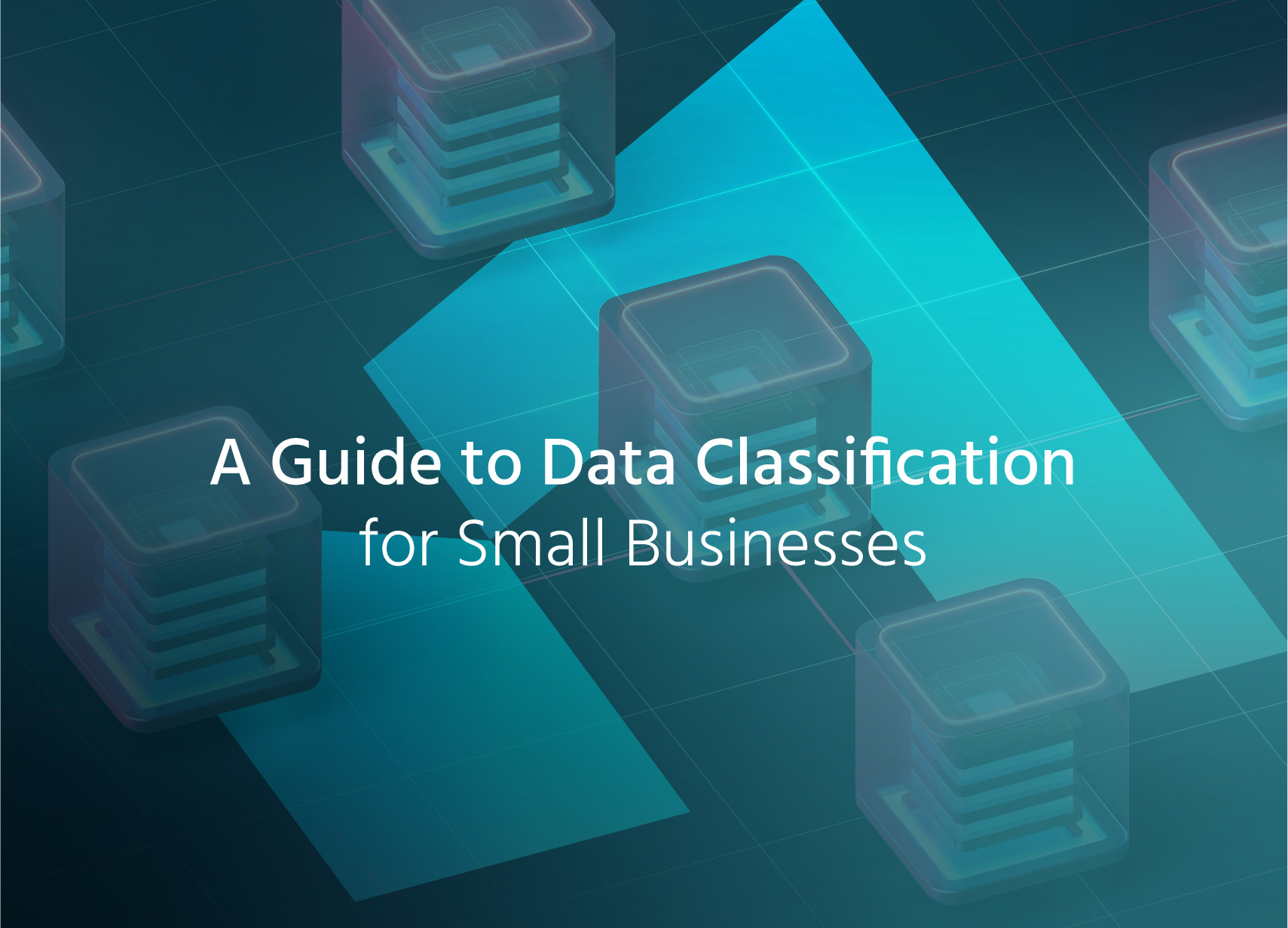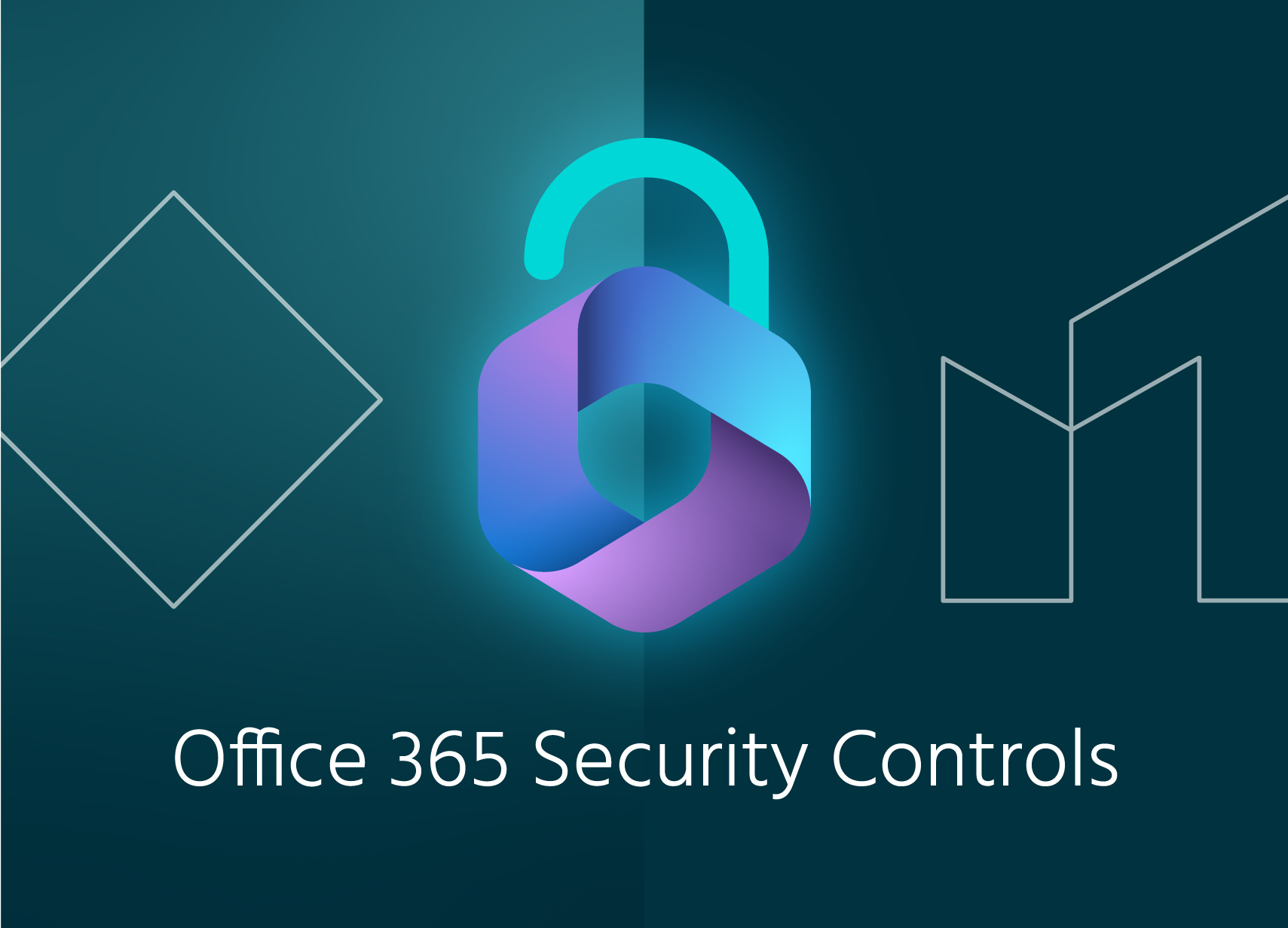A Guide to Data Classification for Small Businesses

Classifying your data safeguards sensitive information, ensures compliance with data protection regulations like GDPR and gives you greater visibility over your digital assets.
It’s a fairly intensive undertaking, but one every small and medium-sized business should tackle. In this article, we’ll cover everything you need to know about data classification and how to make the process as easy as possible.
What is data classification?
Data classification organises your data into different categories based on sensitivity. These classifications typically range from public (meaning anyone can access the data) to highly restricted.
Assigning different classification levels makes it easier to keep track of data and ensure you apply the appropriate security measures. For example, you’ll want to use more stringent measures for sensitive information like employee payroll data or customer credit card details than publicly accessible data like a job description.
Why is data classification important?
Data classification is essential to strengthen your cyber posture, obtain credentials like Cyber Assurance and comply with data privacy regulations. In particular, it can:
- Increase data visibility. Classifying data forces you to recognise what data you store and where you store it. This also strengthens disaster recovery plans.
- Better access control. Data classification determines who should access sensitive data and what access they should have. It can prevent unauthorised data transfer and data leaks.
- Comply with data standards. Data classification is a core component of privacy regulations like GDPR and cybersecurity standards like Cyber Assurance.
- Decrease the chance of a breach. Classifying data by sensitivity allows you to apply appropriate safeguards.
Examples of data classification levels
You can classify data manually or automatically using software. Typically, businesses sort data into one of the four following classifications:
1. Public data
Public data includes non-sensitive information available that is widely available to the public. Think marketing collateral, press releases and job descriptions. The disclosure of this data doesn’t carry any risk, so no specific security measures are in place.
2. Internal data
This data is only intended for internal use by an organisation’s employees. It includes things like a company handbook and project details. This data should be private but doesn’t require stringent measures or restricted internal access.
3. Confidential data
Confidential data is only accessible to authorised employees. It can include financial projections, business plans and personally identifiable information (PII). Exposing this data can harm businesses and clients, so strict access controls must be in place.
4. Restricted data
Restricted data carries the highest level of security and can cause severe financial and repetitional damage if exposed. It includes things like research and development information and sensitive client data. Restricted data should only be accessible by a minimal number of authorised employees.
How to classify data
Implementing data classification may seem challenging, but a step-by-step approach can simplify the process for small businesses.
Step 1: Define classification categories
Start by defining categories. You can use the ones we’ve listed above or create your own. Consider your regulatory requirements and the potential impact of a leak when creating them.
Step 2: Inventory your data assets
Identify and catalogue all the data your business holds. This includes customer records, employee information, intellectual property, etc. Then, sort each asset into one of your classifications. This can be complex and incredibly time-consuming, so consult an IT support provider for help.
Step 3: Apply the appropriate security controls for each classification
Implement security measures such as access control, encryption, and auditing based on your data classification levels. Public data may require minimal security, for example. On the other hand, confidential and restricted data will need encryption and multi-factor authentication.
Step 4: Establish policies for access and retention
Outline who can access each data classification and determine how long to retain each data asset. The less time you hold sensitive data, the smaller your threat landscape. Write everything up in a policy.
Step 5: Train your employees
Ensure employees understand the data classification process and know how to handle each type of data. Regular training sessions will reinforce data handling and cybersecurity best practices.
Step 6: Monitor and adjust as needed
Data classification is an ongoing process. Regularly review and update your classification strategy for new data types, changing regulations, and evolving security threats.
Data Classification Best Practices
Following the best practices below will help you implement an efficient and secure data classification system:
- Start small and scale slowly: Begin by classifying your most critical data, such as PII and financial information, before moving on to less sensitive data. Gradual implementation allows for a smoother transition.
- Use automated tools: Data classification tools can streamline the process by automatically categorising data based on predefined criteria.
- Limit access to essential personnel: Adopt a "need-to-know" approach to data access. Role-based access controls ensure employees only access data relevant to their job.
- Regularly audit classification levels: Perform periodic audits to confirm data is accurately classified.
- Stay compliant with industry standards: Make sure your business remains compliant with international laws like GDPR as well as with the requirements of your industry body.
- Incorporate encryption and data backup: Encrypt and back-up sensitive data to protect you in the event of a breach.
Improve your cyber security posture with Method
Data classification is a vital but complex part of cyber security. It’s a great way for small and medium-sized businesses to protect data assets and meet regulatory requirements, but it can’t be hard to complete the process on your own.
That’s where a cyber security partner like Method comes in. We provide advice and support that’s tailored to your organisation. We’ll help you inventory and classify your data, set up appropriate access controls and work with you to create a data retention policy that governs how employees handle and access your assets.
Contact us today for more information or a free quote.
Share this
You May Also Like
These Related Stories

New Year, New IT Strategy: 5 Things To Do In 2025

How a cloud security policy can future proof your business

No Comments Yet
Let us know what you think